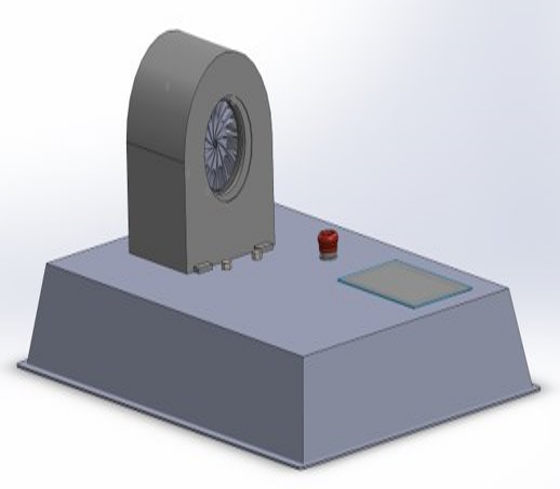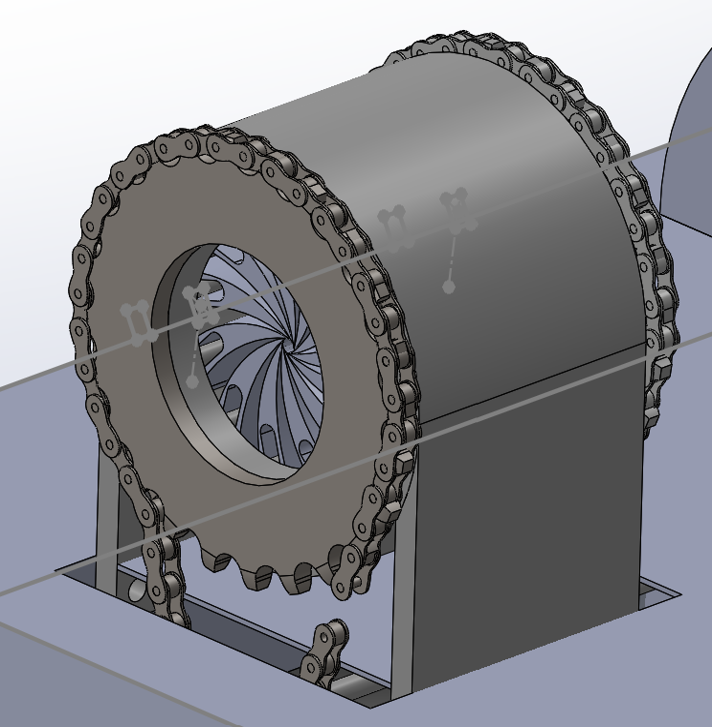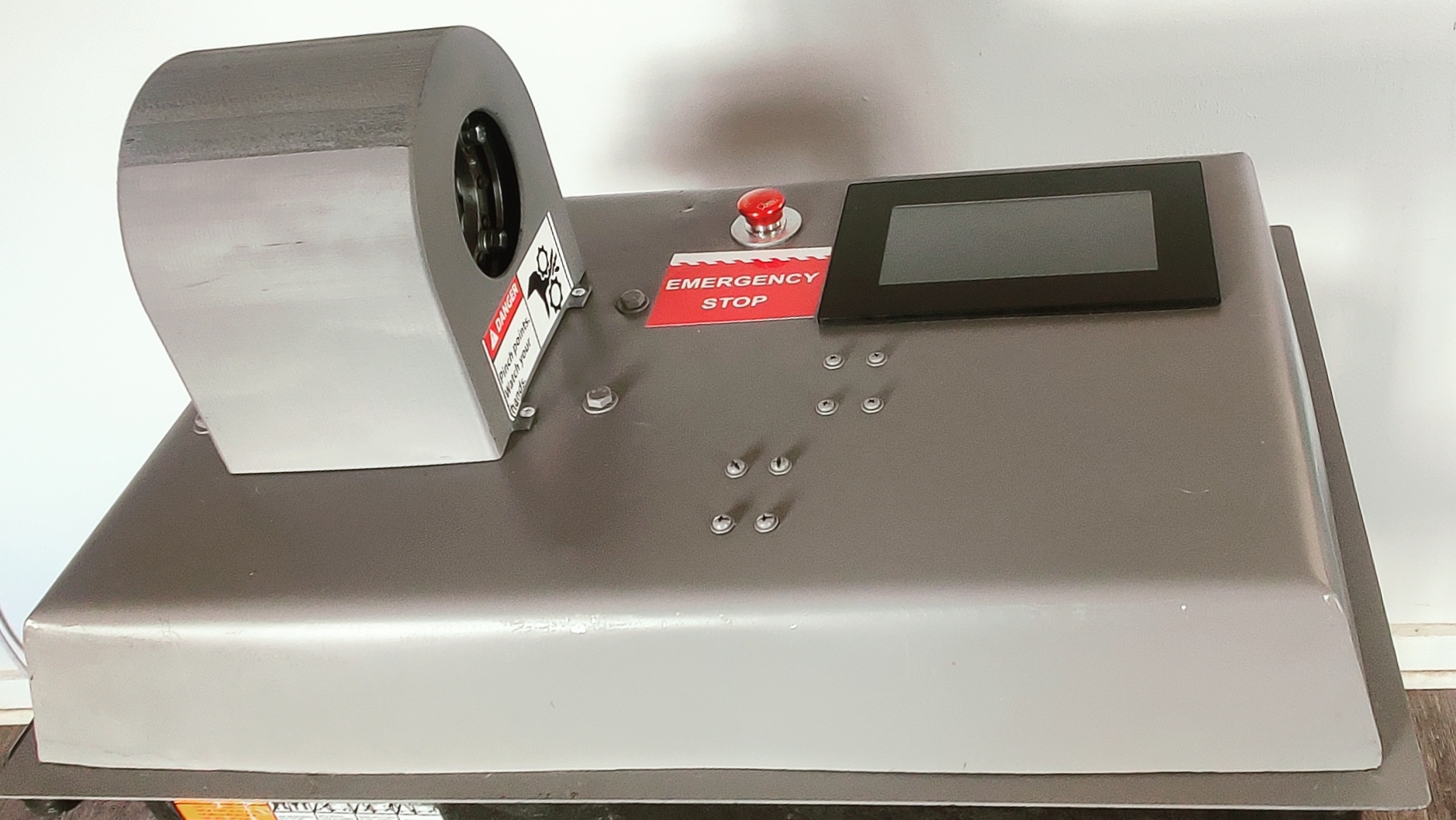The Project
The team's primary goal, as required by our client, is to develop a low-force stent crimper that uses a crush iris radial force readout. The team completed comprehensive study on the market accessible devices in present day to expand knowledge and current targeted goals related to the devices through benchmarking at the beginning of the semester after receiving the project proposal from our client. We clarified our customer and engineering needs related to the device after absorbing sufficient knowledge from the devices and related issues. After establishing the functional for the device and keeping the customer's needs in mind, the team created a black box model and functional model based on the clients' needs.
The team followed the House of Quality and a QFD to improve the correlation between Engineering and Customer requirements. Following up on our results, our teams created entire system designs with the help of concept generation after having a lively conversation about novel ways to improve the device. Our three objective concepts for our iris crimping device and GUI readout were a curved leaflet with AC plug system and touchscreen input, a curved leaflet with AC plug system and Analog knob, and a straight leaflet with an AC plug system and Touchscreen input. The team opted to move forward with a curved leaflet with AC plug system and touchscreen after completing each system's pros and downsides with a Pugh chart and a redacted decision matrix.
With the completed device components in mind, team began prototyping and determining the testing processes for our prototype as the semester progressed. We 3D printed the iris design required for the device using the CAD modelling the team developed, since it might be deemed a good prototype to prevent failures that could occur by critical inspection of the rather than utilizing a low-resolution model by hand. The major five functions were primarily considered through the FMEA. They are failures that can occur when the iris is crimped, the force and diameter readouts are obtained, the crimped stent is released, the stent is crimped according to the intended forces and diameters, and the emergency stop button is pressed. Crimping the iris and having the emergency stop work as a result received the highest severity rating out of these primarily examined functions. As a result, our primary goal in testing will be to reduce the number of failures that occur during these courses.



